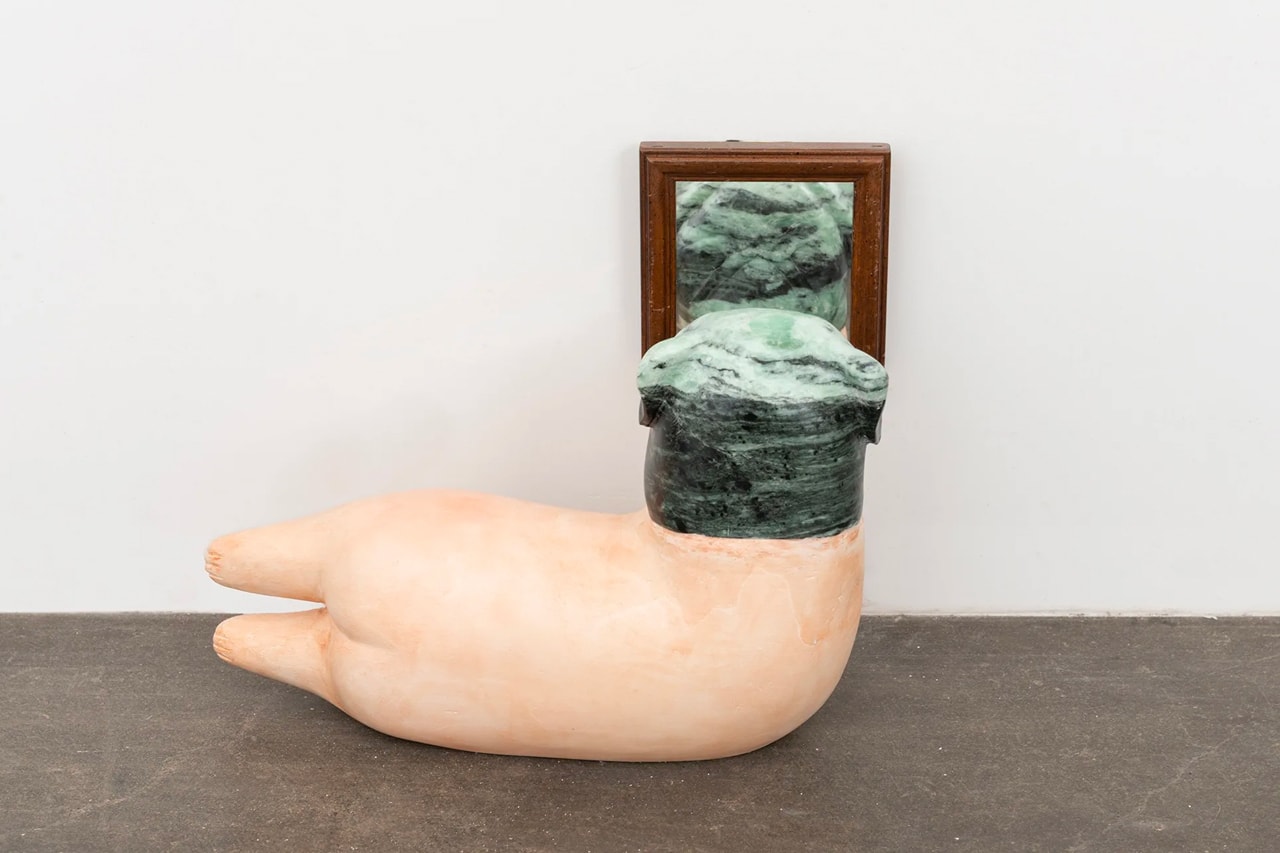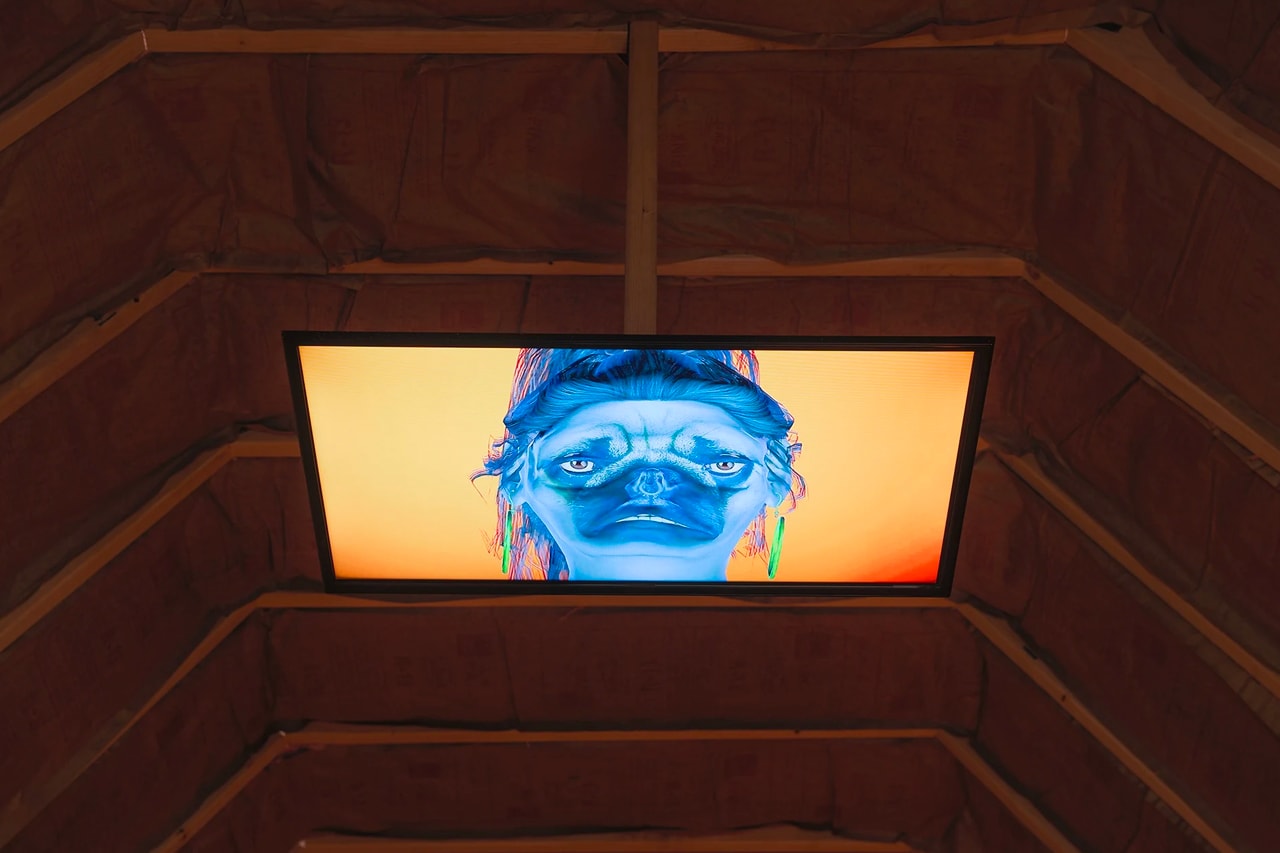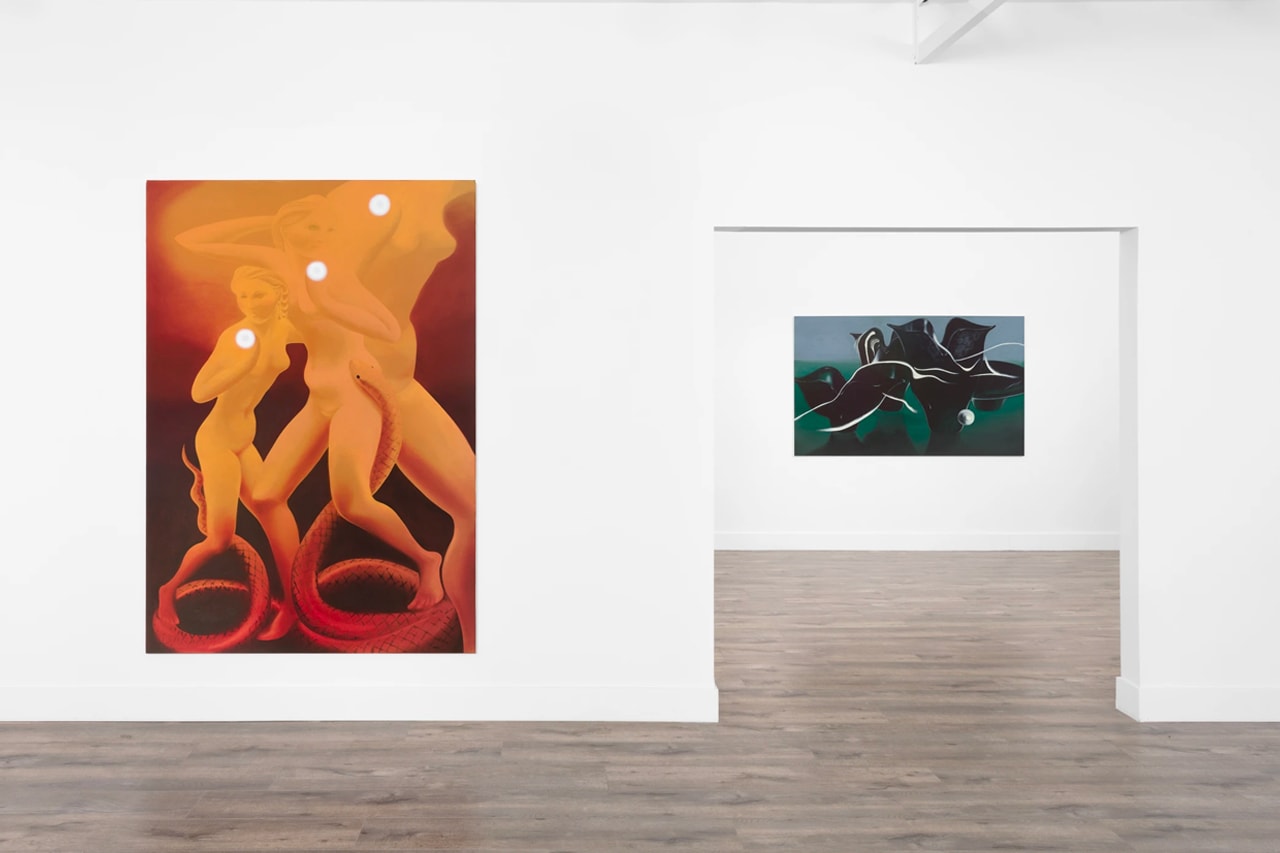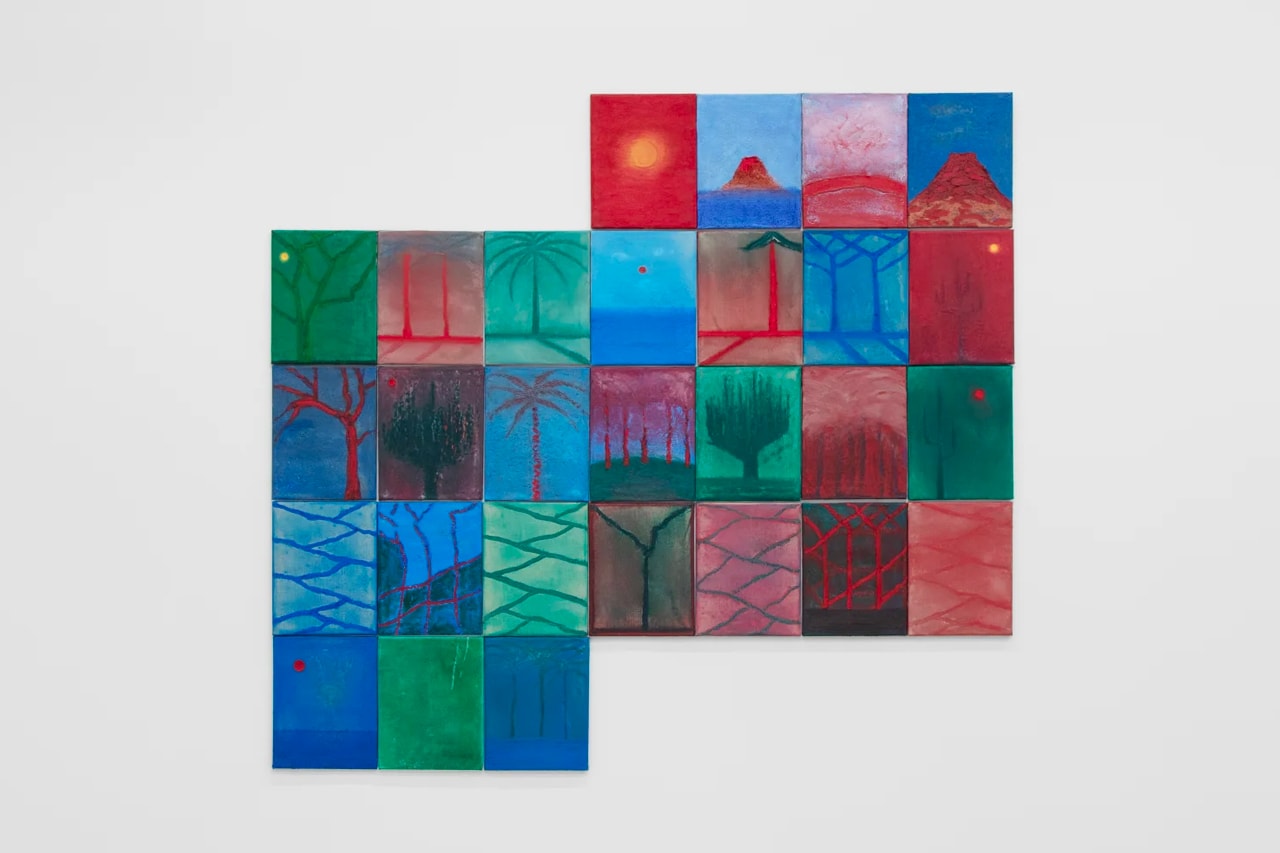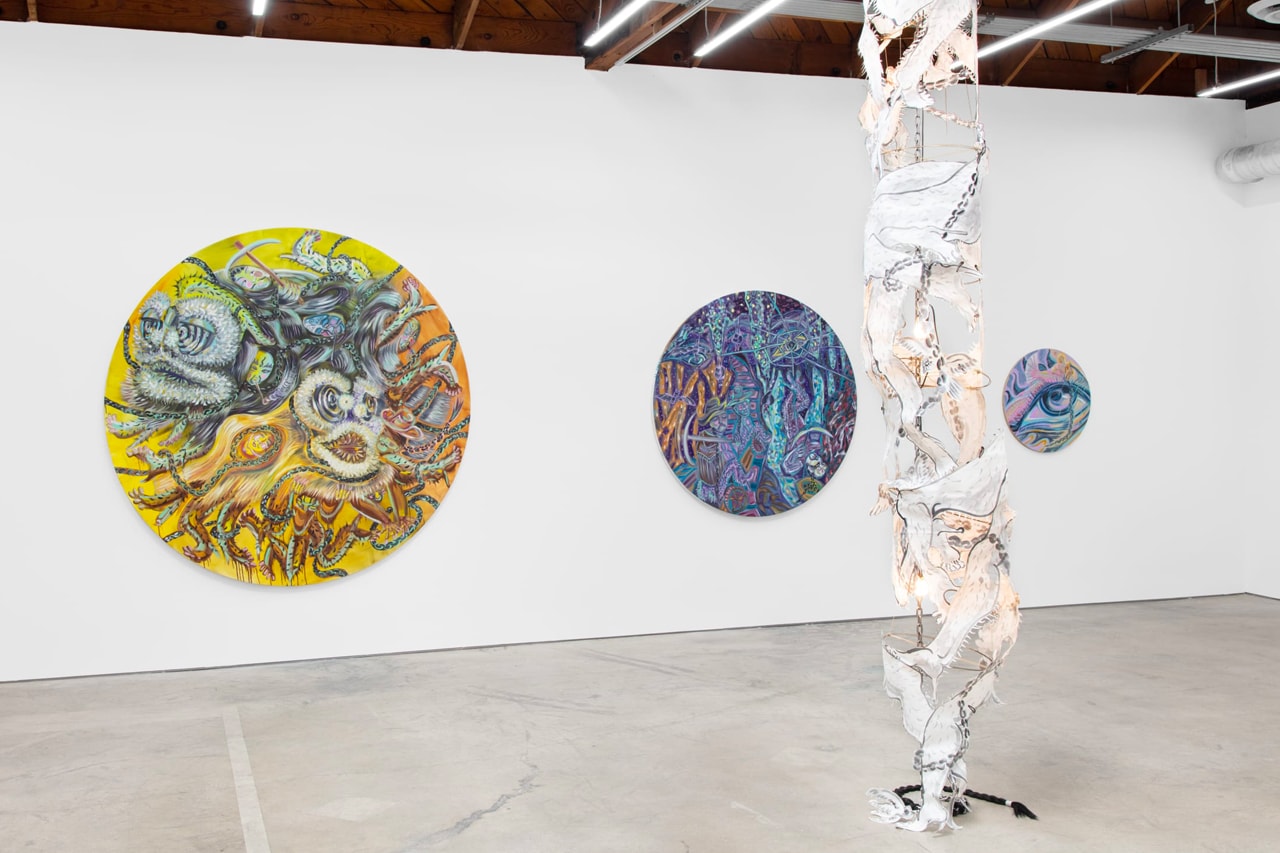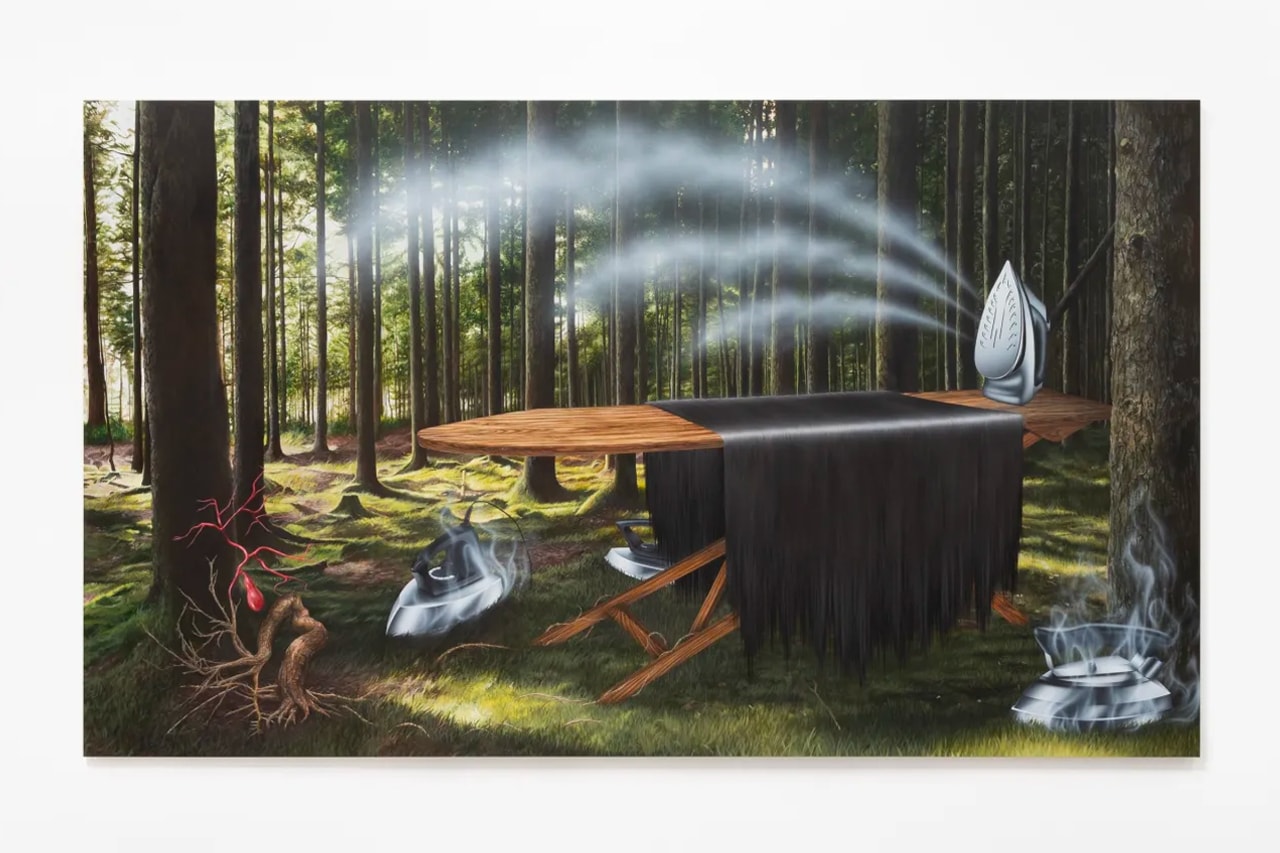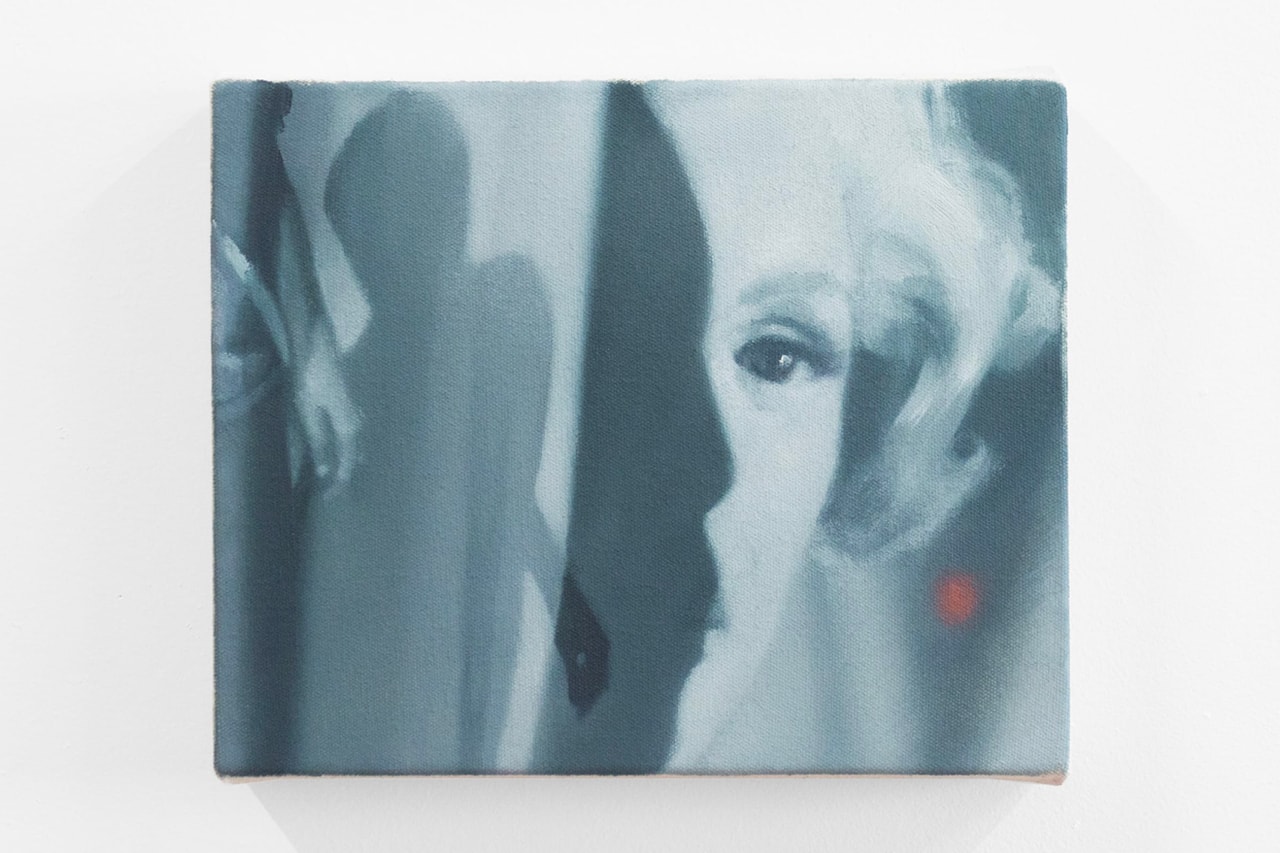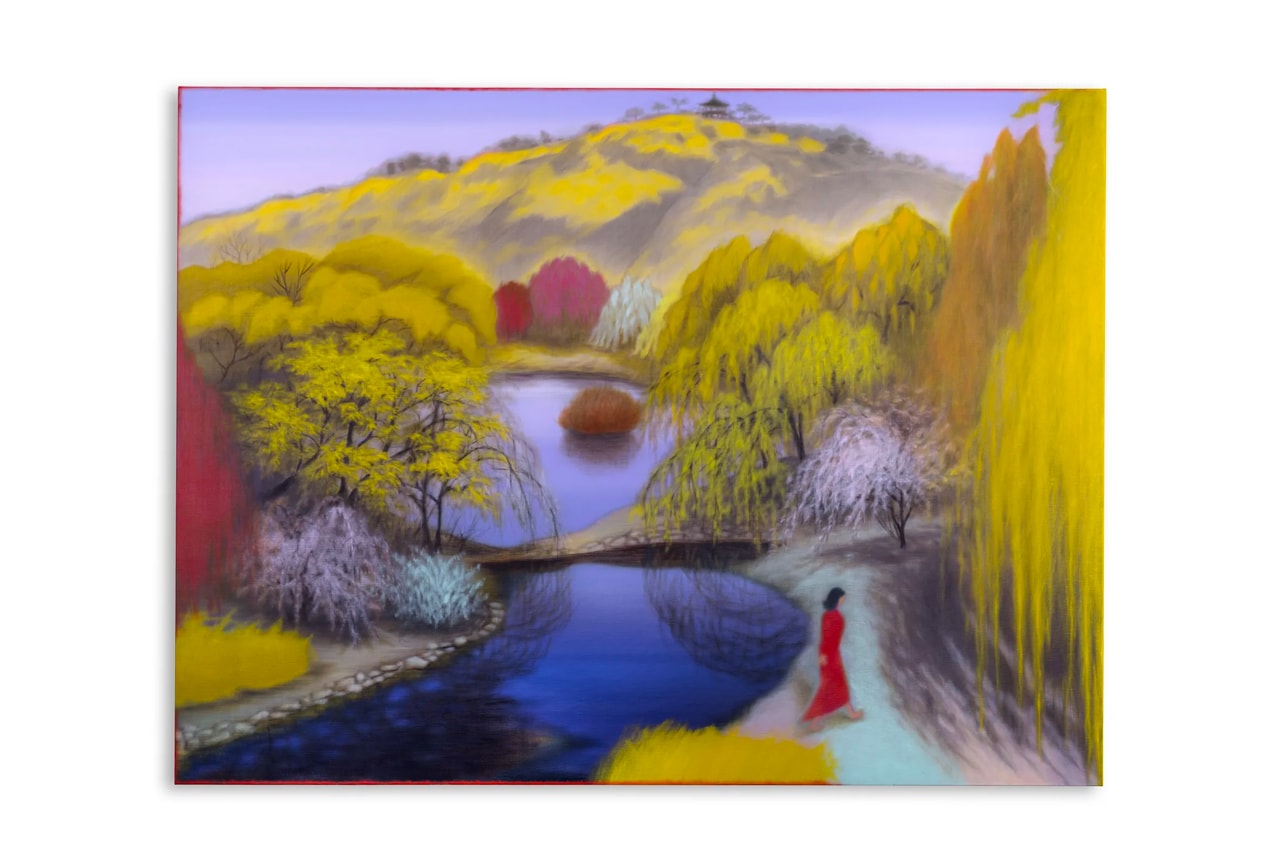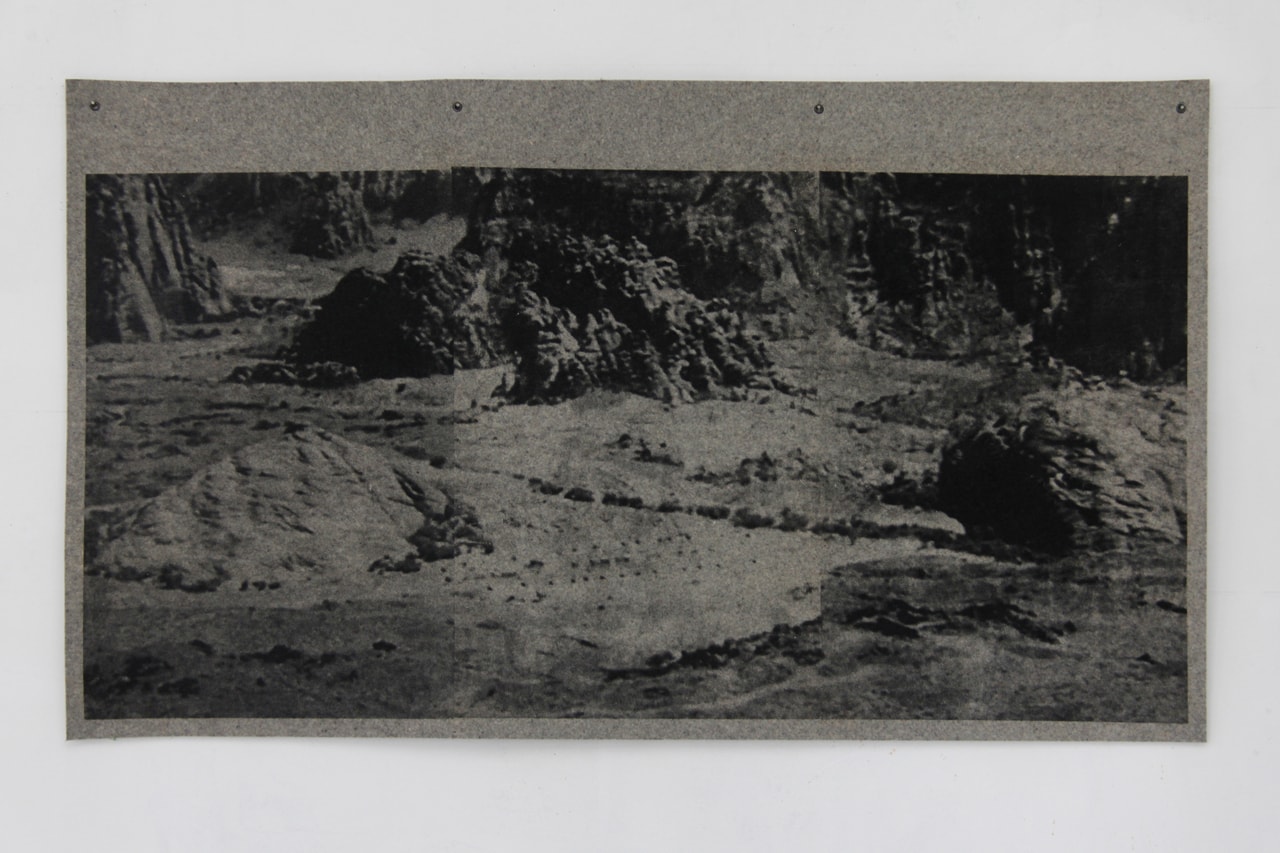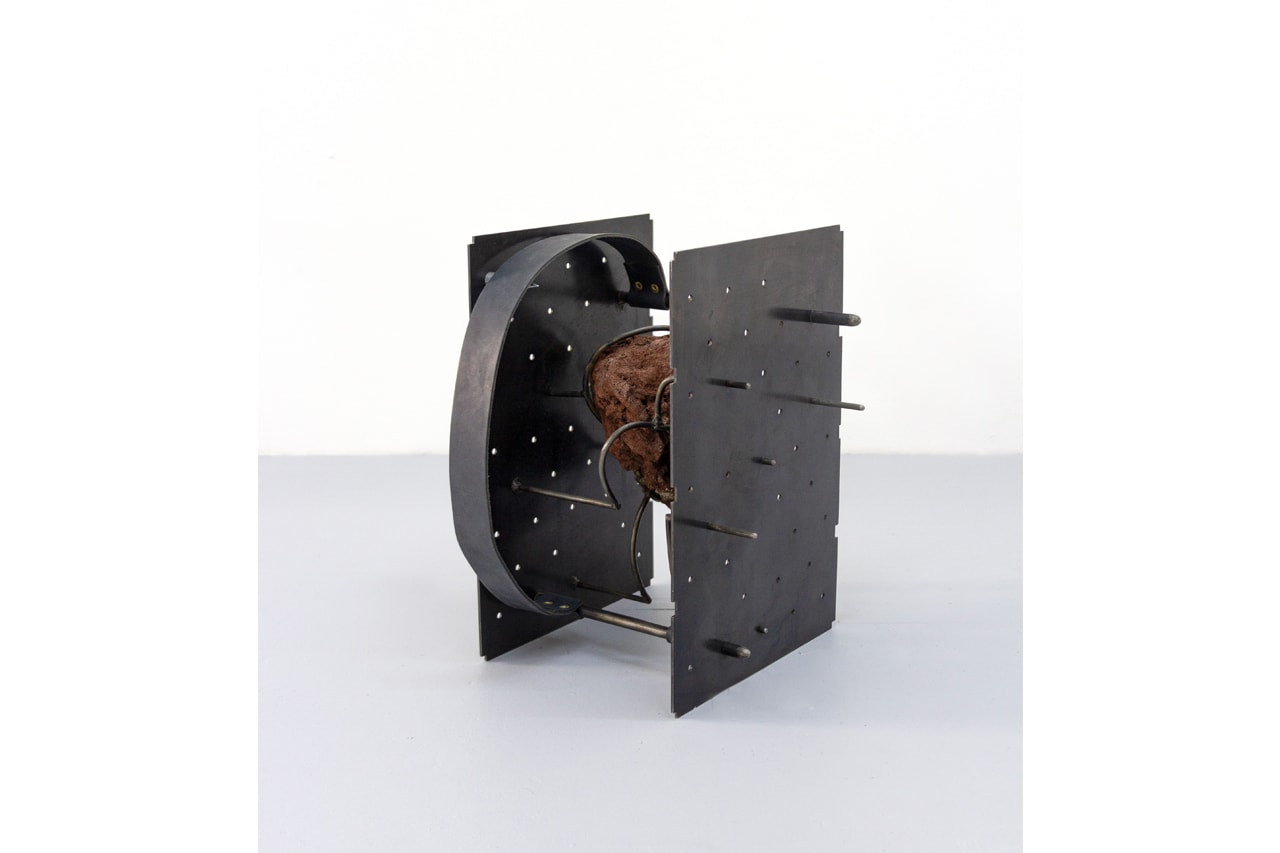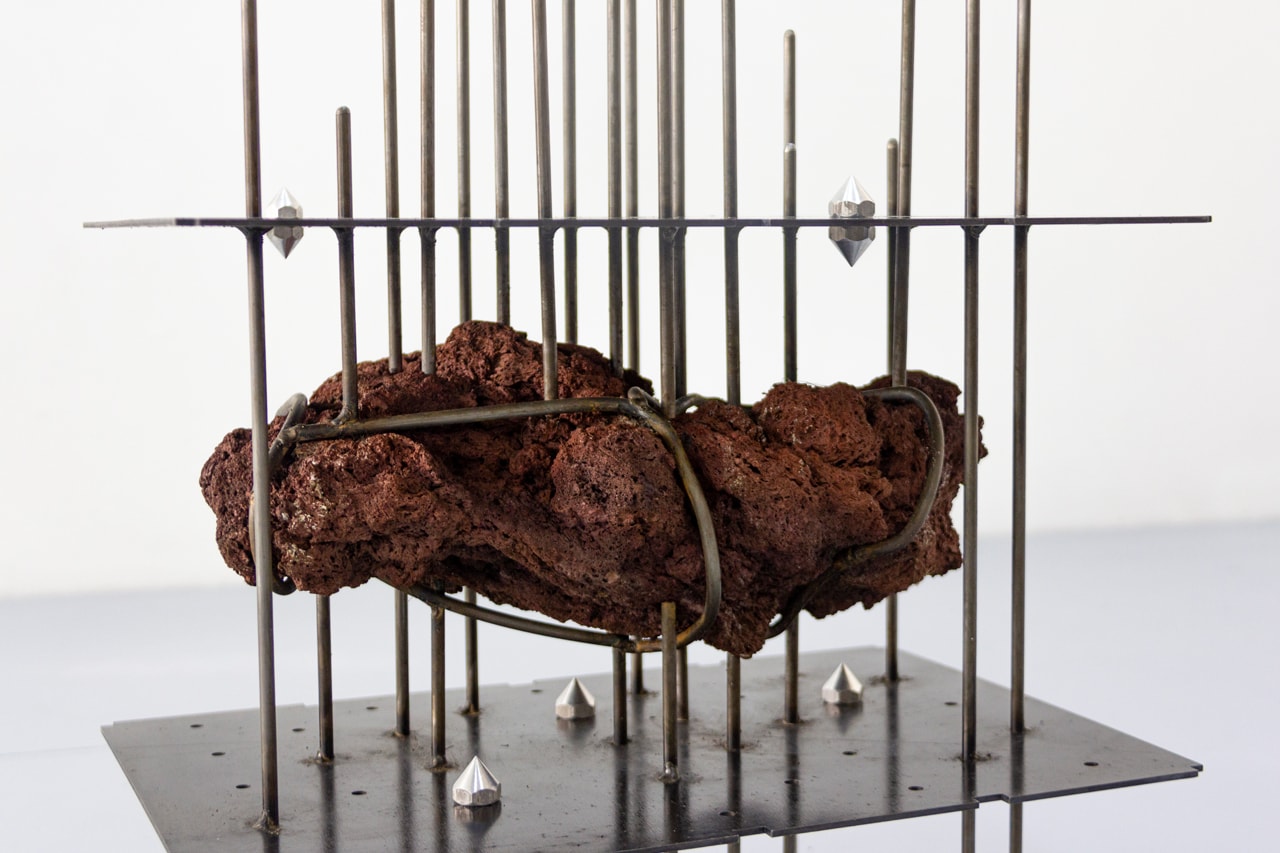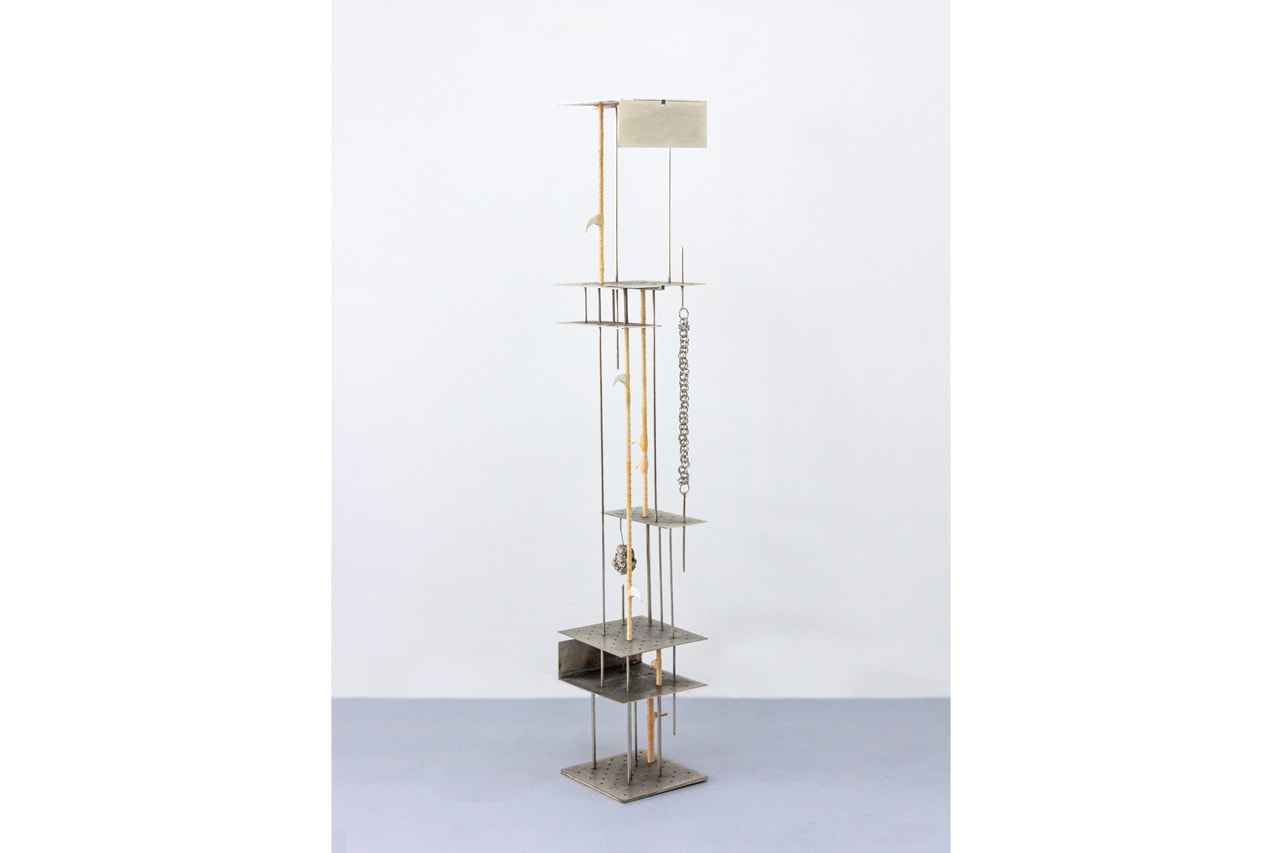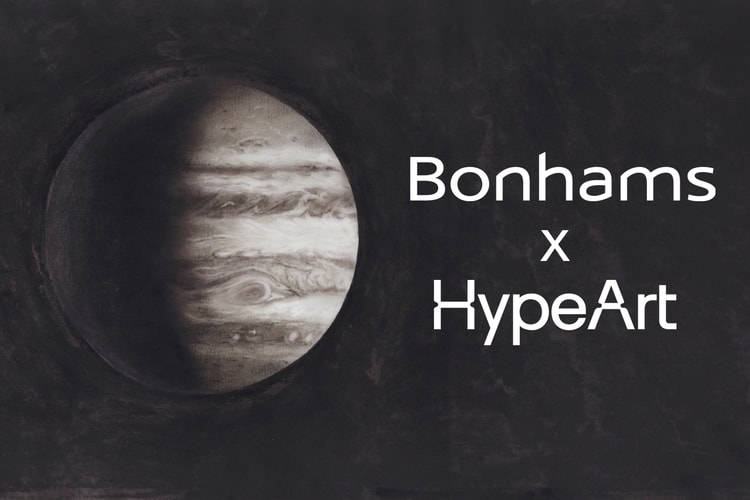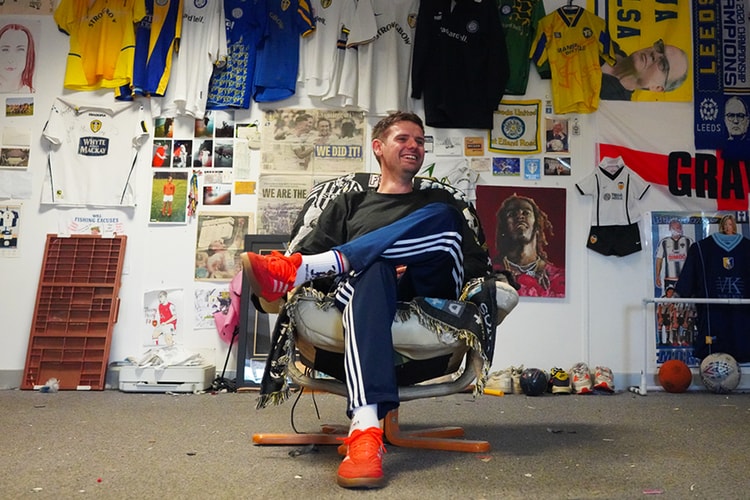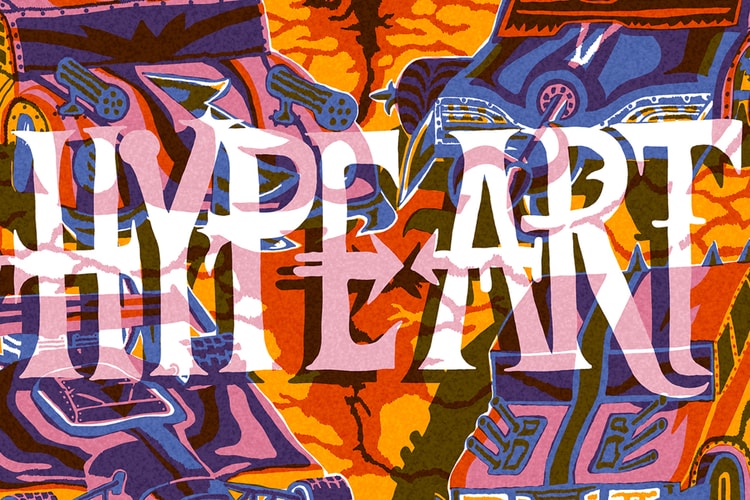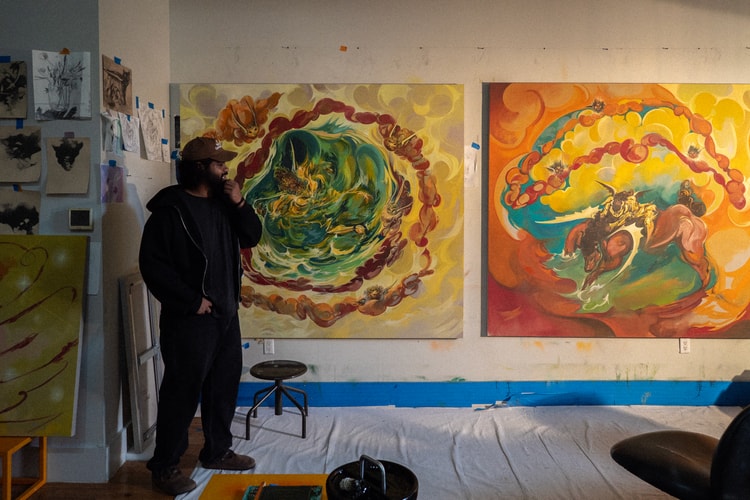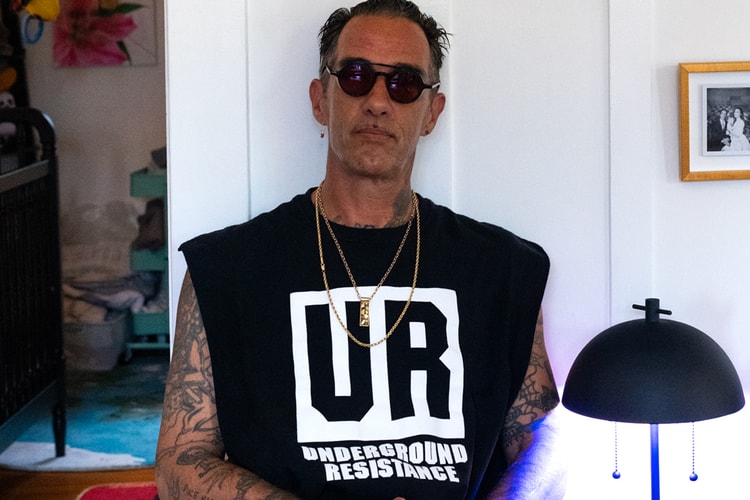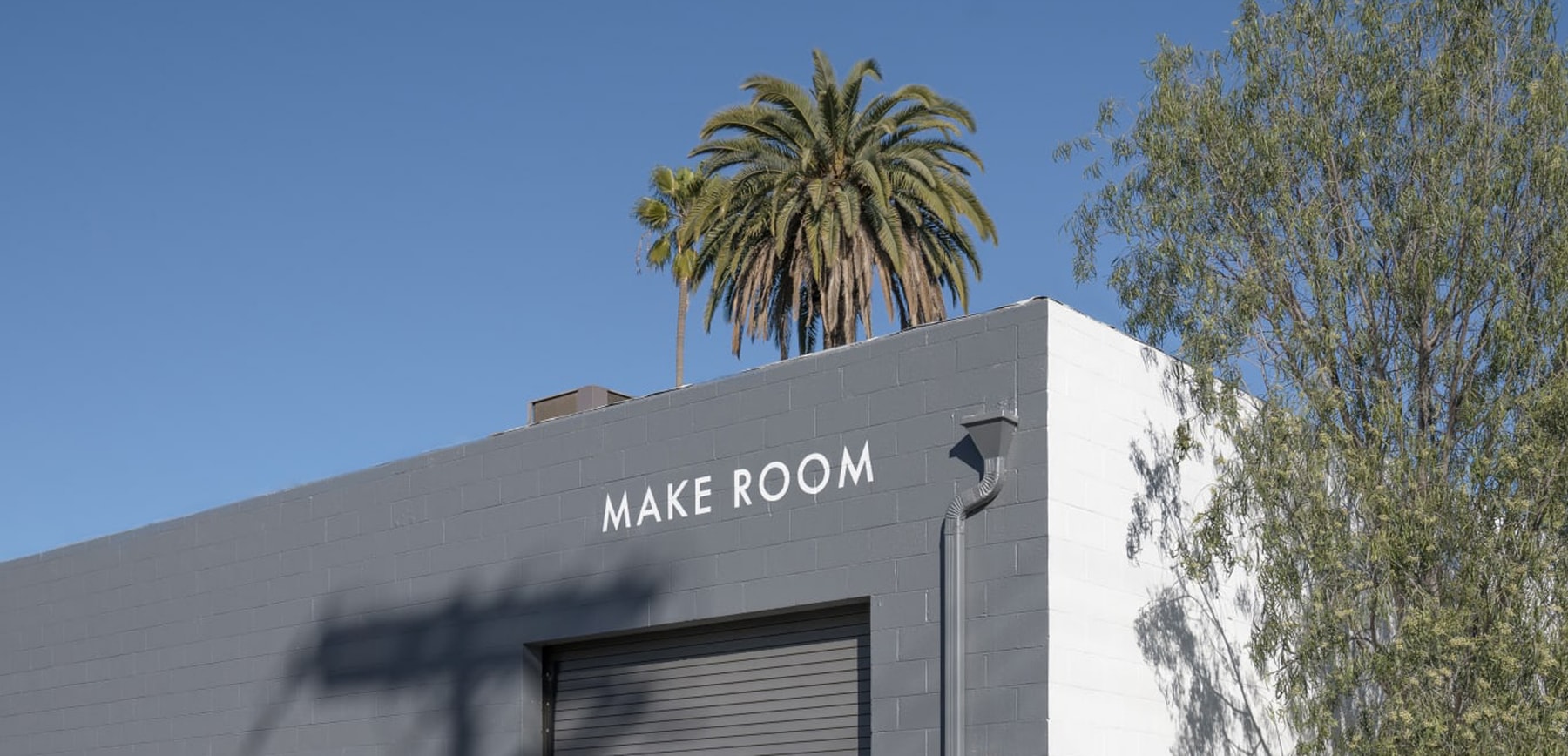

‘Collectors’ journeys into the homes of fledgling and seasoned art buyers from across the globe. The ongoing series offers an intimate spotlight on a range of personal collections from hobbyist ephemera to blue-chip artworks — all the while dissecting an individual’s specific taste, at-home curation and purchase trajectory.
Representation has always been more than just a buzzword for Chinese curator and gallerist Emilia Yin. When she arrived in Los Angeles roughly 10 years ago from her native Hong Kong, she noticed “there were few galleries focusing on female or Asian diasporic artists,” she tells Hypeart. “I didn’t see the show I wanted to see as an audience, so I decided to organize one myself.”
Emblematic of its name, Yin founded Make Room in 2018 to champion female and Asian diasporic artists, as well as creative voices from marginalized communities. Since then, Make Room has featured over 40 solo and group exhibitions, including works by John Yuyi, Miguel Angel Payano Jr., Sun Woo and an ongoing show by Youngmin Park. Equal parts curator and adviser, Make Room serves as an incubator for rising artists in their early stages to seasoned figures who may have been overlooked.
Having relocated from its initial location in Chinatown to a 4500 square foot space in Hollywood, Make Room has the nimble size of a small gallery that benefits from investing more time in nurturing its relationships, while simultaneously making an impact in the global art market by propelling their work through institutional acquisitions.
Reflecting on the exploding art market in the APAC region, Yin hopes to see “increased accessibility and inclusivity within these expanding hubs. This means nurturing local talent, creating platforms for underrepresented voices, and bridging the gap between established and emerging artists.”
For the latest Collectors, Hypeart caught up with Yin to discuss the mission behind Make Room, what she has in store for the 2024 iteration of Frieze LA and her at-home curation and how it differs from her curatorial practice.
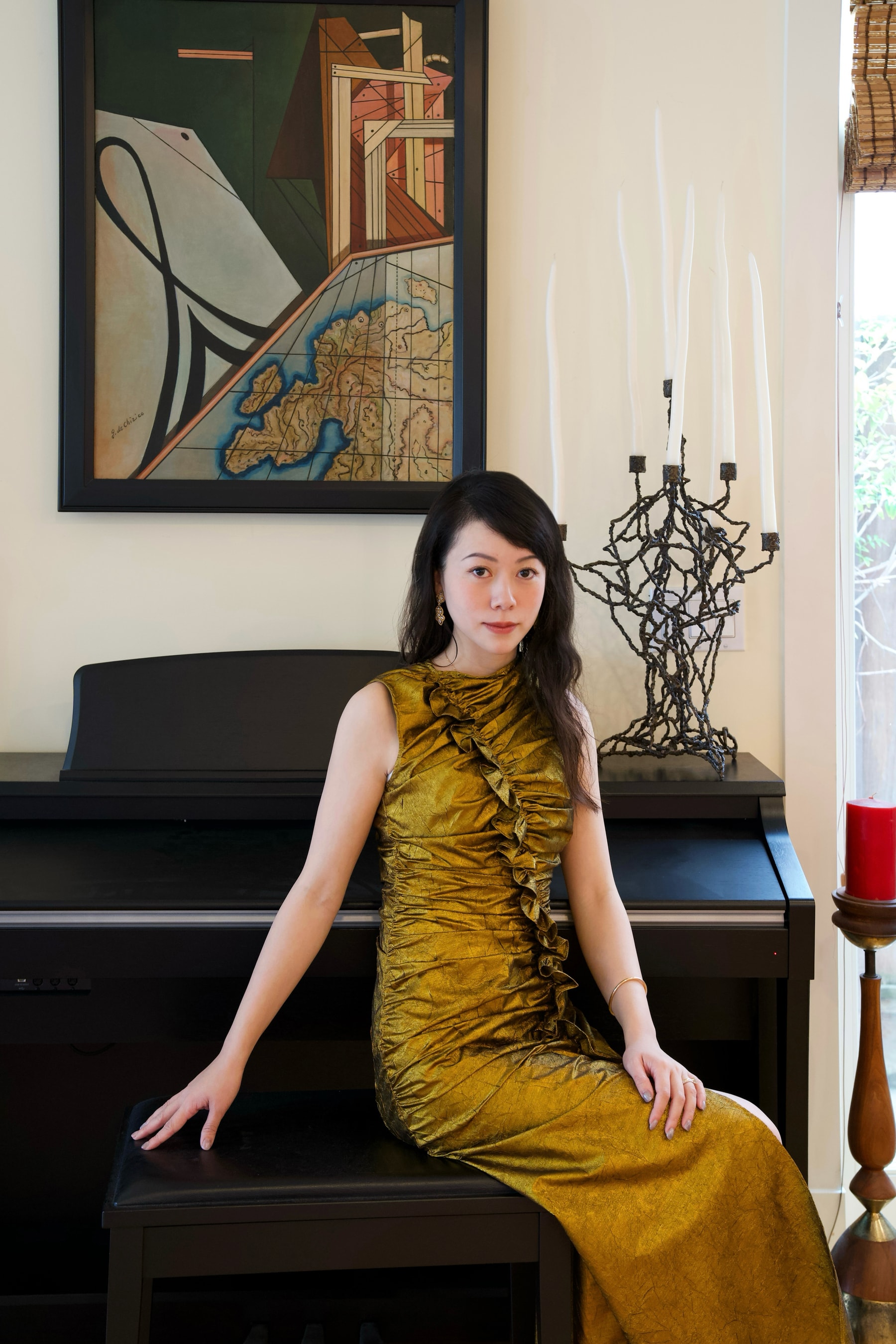
“I didn’t see the show I wanted to see as an audience, so I decided to organize one myself.”
You’ve shown a meteoric rise within the LA art scene, but if you were to dial the clock back a bit, can you talk about the objects you were surrounded by as a child and how you started to pursue the arts throughout your formative years?
I’ve always been a mischievous kid. Imagine a five-year-old me, armed with my mother’s forgotten makeup, transforming household objects into shimmering creatures on cardboard canvases. That was my first foray into the world of art.
In high school, I took a visual arts course with a studio full of supplies and art history books. The art room was my sanctuary, its scent of paint and possibility, a welcome refuge. I was always staying late in the studio, often missing dinner because I felt so at home among my materials. I knew I wanted to study art in some capacity when I went to college. Then when I was an undergrad at USC, I realized there’s something magical about sharing art with people and helping one visualize what one is yet able to see.
Would you say you had a desire to be an artist at first, or did your interests veer towards curation?
I dove headfirst into studio art, driven by the urge to create and express myself, but my path led me towards working with artists first as a curator, then as a gallerist today. I’ve found that my strengths lie in building rapport for other artists by campaigning their voices on a larger platform. Before I started the gallery six years ago, there were few galleries focusing on female or Asian diasporic artists. I didn’t see the show I wanted to see as an audience, so I decided to organize one myself.
Can you describe the highs and lows of starting your own gallery, especially at such a young age, and what your motive is behind the artists you exhibit?
As a grad student at USC, I interned at Pace Gallery in Hong Kong. It fueled my passion for contemporary art, but nothing could have prepared me for the reality of running my own gallery. Sure, I knew curation mattered, but being a gallerist meant wearing a dozen hats: strategist, problem-solver, artist liaison, even IT support!
I love owning my own gallery, but building it from the ground up was a lot of work – especially because it was just me and an intern at first! I built the team slowly and intentionally from there and now we have a strong team ready for any projects coming our way. I think part of being a young and ambitious gallery is that we have a lot we want to accomplish in a short time, while thinking about the long game. I have to remind myself that being passionate and having a vision are important, but equally important are smart strategy, follow-through, creativity, organization and communication. None of this would be possible without my community, who have supported me through this whole process.
Of course, doubt creeps in sometimes. But when I look at what we’ve accomplished, the diverse voices we champion, and I’m filled with immense pride and excitement for the future. Make Room proudly showcases a high percentage of female artists, early-career talents, and those from the Asian diaspora. They are exceptional individuals, each with a unique story to tell. By thoughtfully presenting their work, we contribute to closing the gap in the art world and ensuring these remarkable artists find their rightful place.
“Make Room has served as an incubator for rising art stars.”
Is there a particular criteria that you look for when exhibiting new artists? Walk us through the process.
When selecting an artist for exhibition, my attention diverts to the two fringes: early stage artist, and seasoned artist who may have been overlooked. I seek out voices that bring something novel and invigorating to the discourse through their art. Additionally, fostering connections between artists and prospective collectors is a key aspect of my approach. When discovering new talent, I’ve found valuable opportunities by expanding my network in emerging art markets, particularly in cities like Shanghai and Hong Kong.
My three criteria for researching artists are originality, authenticity, and dedication. Originality is vital as it introduces fresh ideas and perspectives into our gallery, enhancing the cultural conversation. Authenticity is equally important; art that resonates with me is often sincere and exposes vulnerability, offering unique insights into our collective experience. Lastly, the artist’s dedication to their craft is paramount. The ability to consistently engage in the creative process, even without immediate recognition, is a testament to their commitment and is often a precursor to their success. I value artists who persist in their practice, regardless of the audience size.
You’ve had a number of works by Asian diasporic artists placed at major institutions, such as the Hammer Museum in LA and the ICA Miami. Could you share some insights into the process of working with artists and gaining them the resources and exposure they need in the often cut-throat business of art?
Building trust and fostering relationships are the cornerstones of Make Room’s success. We’re incredibly fortunate to have a supportive network of collectors, advisors, and curators who share our vision. Collaboration comes naturally when a work resonates deeply. Sure, negotiations might occur, but with great art, the quality speaks for itself. We also prioritize reciprocal relationships, remembering those who championed us when we were starting out. People see our dedication and commitment, which fosters mutual respect and understanding.
From the outset, Make Room has served as an incubator for rising art stars. Our mission extends beyond exhibitions; we actively cultivate connections that propel them towards major institutions. Our nimble size allows us to invest more time in nurturing these relationships, something larger galleries might struggle with. We envision ourselves as a trusted resource for young artists navigating the early stages of their careers, empowering them to flourish on the global art scene.
Who are some artists you’ve worked with or who have caught your eye recently? Why so?
One artist we’re incredibly excited about is Yeni Mao. At Frieze LA, we’re showcasing a large-scale sculptural installation by him, and I can’t wait to see how it resonates with the audience.
What drew me to his work is the captivating blend of influences. His background in foundry work and architecture shines through in the way he uses steel, leather, and ceramic to create pieces that are both meticulously crafted and intensely evocative. They have a raw power that triggers strong emotional responses, which is always something I seek in art. Encountering a truly exceptional sculptor is always thrilling, and Yeni is definitely one of them. There’s something visceral about his work, a presence that demands attention and provokes conversation. I believe his installation at Frieze will be a highlight, leaving a lasting impression on everyone who experiences it.
How about your at-home curation. How would you say it differs from say the art you curate for the gallery?
While the gallery is focusing on contemporary art, our at-home curation spans across different time periods, incorporating both historical and contemporary works. We like to consider these works as open portals for us to understand the world we once lived in, and remind us to continue imagining what’s possible. It’s fun to observe them and get lost in the work. There’s another key difference: unlike the gallery, where art serves as a dialogue with a wider audience, my home collection prioritizes personal connection. Each piece resonates with me on a deep level, speaking to my own emotions and experiences. While they might not necessarily spark public discussions, they enrich my private world in profound ways.
Can you describe some of your favorite artworks currently at home?
Picking favorites feels impossible, but there are a few pieces that hold a special place in our heart. One highlight is a Joseph Cornell box assemblage titled Pleiades as Seen with Unaided Eye (1952-1954). My husband and I resonated with his dream-like imagery and interest in childhood memories. It’s one of the works that we can stare at for a long time and get lost in.
There is also a painting we love by Italian artist Giorgio de Chirico above the piano. We paired it with a candelabra we bought together from Frieze LA in 2022 by an LA-based artist collective, A History of Frogs. When I was practicing art in college, I worked with metal and glass casting a lot. When we first saw the work, I was intrigued by how intricate the structure they are able to build in the work using the lost wax technique. It also aligns with our collection interests in surrealism and sculpture. We’ve been waiting to put this giant candelabra to work!
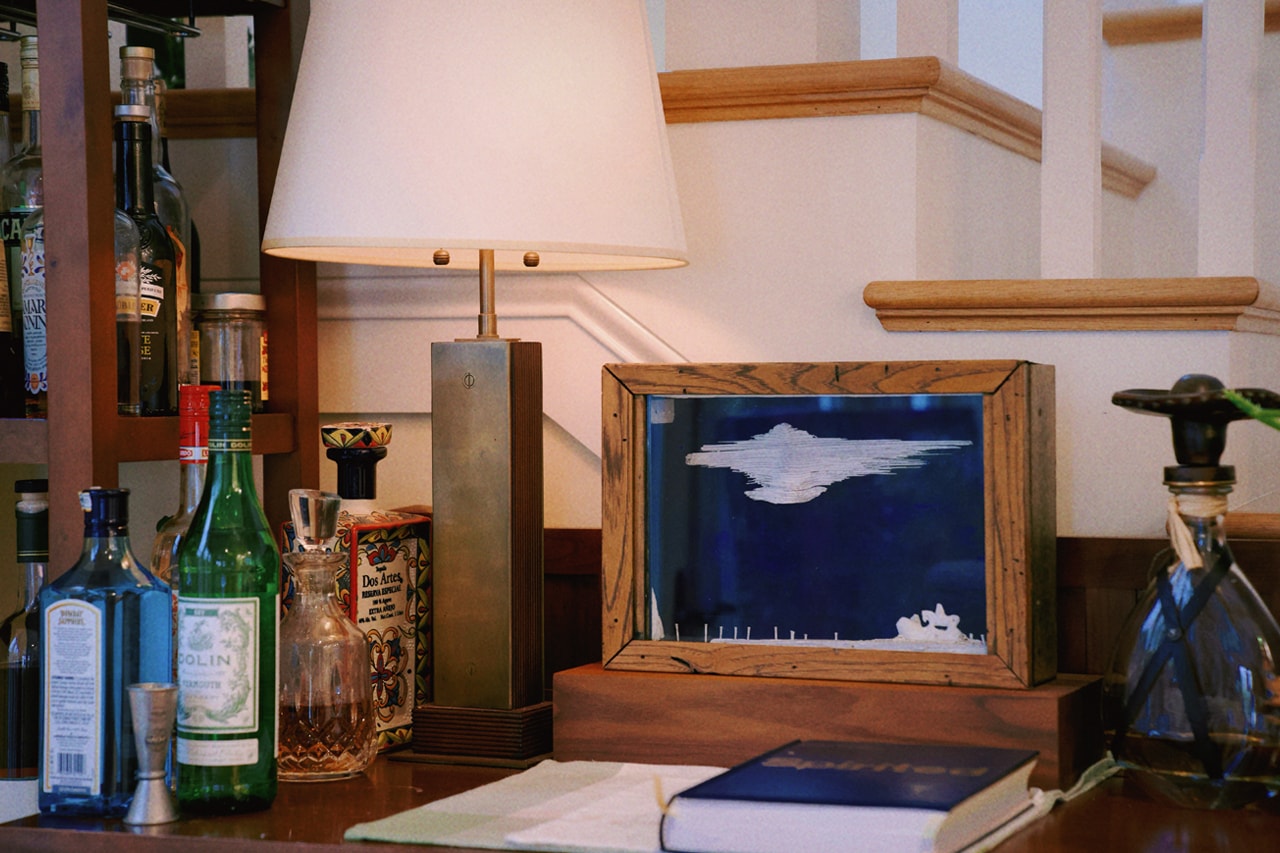
“Art can bloom anywhere, reminding us that creativity takes root in the most unexpected places.”
How about works or objects that wouldn’t necessarily be considered as a ‘work of art’, but holds the same significance for you?
Forget museums and galleries; our most treasured “artwork” might surprise you. Nestled on our rooftop deck lies a square-foot raised bed garden, lovingly brought to life during the tumultuous years of the pandemic. Inspired by Voltaire’s “Candide” with its message of “We must cultivate our garden,” this wasn’t just a hobby – it became a beacon of hope and resilience amidst global upheaval.
Just like collecting art, we poured our passion into this project. Tons of gardening books devoured and hands guided by intuition, we nurtured this vibrant sanctuary. More than just rows of veggies, it became a source of immense joy, nourishing our souls and our plates with every harvest.
This wasn’t just a garden; it was our secret refuge, a reminder to cultivate optimism even when the world seemed upside down. And we derive so much joy (and harvest) from it. Its impact transcended our rooftop, even inspiring an exhibition, “My Secret Garden,” at Asia Art Center in Fall 2021. This experience taught us that art can bloom anywhere, reminding us that creativity takes root in the most unexpected places.
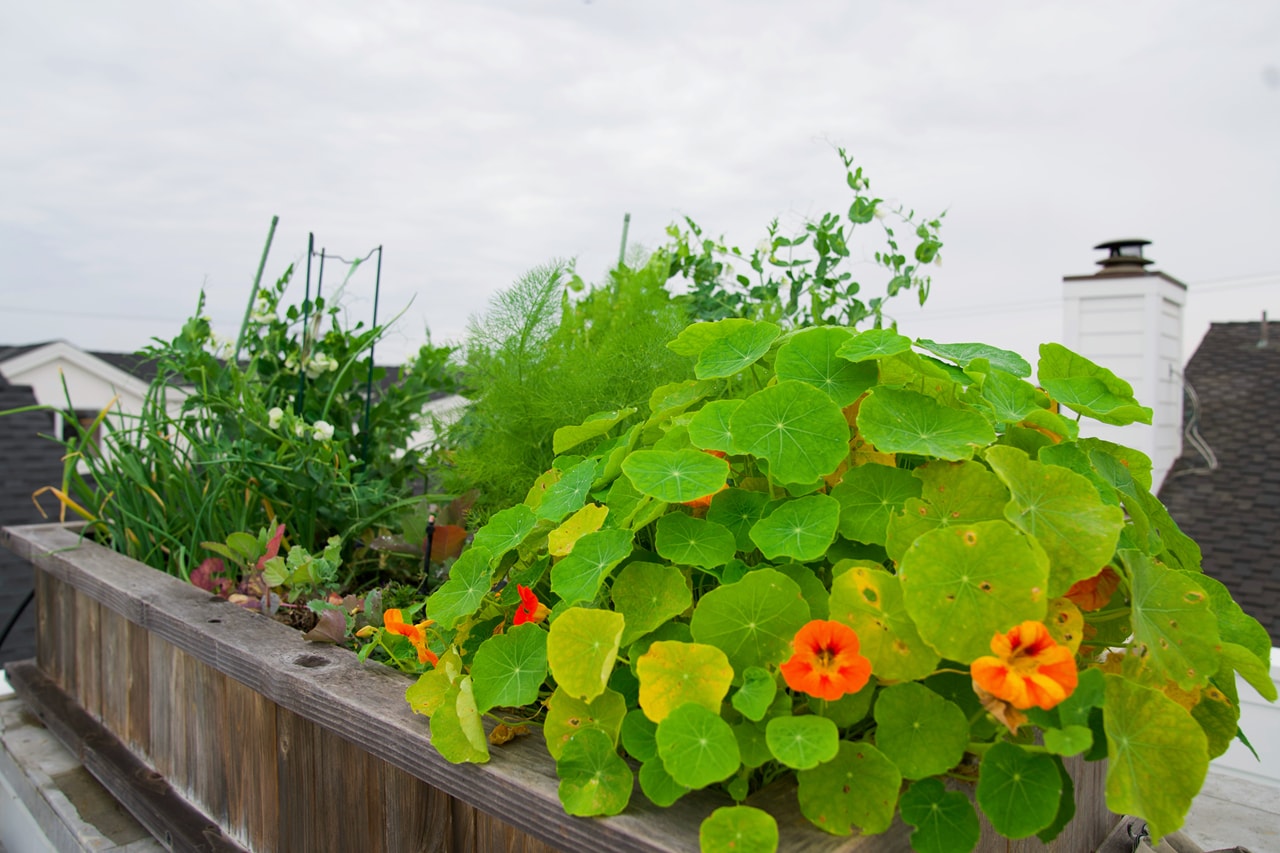
The art world has noticeably shifted with major galleries and fairs cementing physical spaces out in Asia. From Art Basel Hong Kong and Frieze Seoul to Tokyo Gendai and ART SG in Singapore. Can you share your thoughts on the current landscape from a gallerist’s perspective and also what you’d like to see change or progress?
I hope to see increased accessibility and inclusivity within these expanding hubs. This means nurturing local talent, creating platforms for underrepresented voices, and bridging the gap between established and emerging artists.
Furthermore, fostering dialogue and collaboration between different Asian art scenes is crucial. Imagine the magic of an exchange program between Tokyo and Seoul, or Singapore and Shanghai! Cross-cultural exchanges would fuel creativity and innovation, propelling the region’s art scene to even greater heights.
Ultimately, I believe Asia’s artistic future is incredibly bright. By promoting interconnectivity, inclusivity, and collaboration, we can ensure that this exciting new chapter benefits all involved and enriches the global art landscape for generations to come.
Lastly, what is your advice for an aspiring artist or gallerist who is trying to make it and may be tied down from both financial and institutional hurdles?
Talk to people, build your network, and don’t ever be afraid to ask for help. While it’s important to start with a vision, it’s equally important to follow through with a financial strategy, strong relationships with artists, and a community of like-minded colleagues and mentors to lean on and learn from. Last but not least, consider what you are doing for your long game.
Photos courtesy of Emilia Yin and Make Room for Hypeart.



